How to feed cabbage in July?
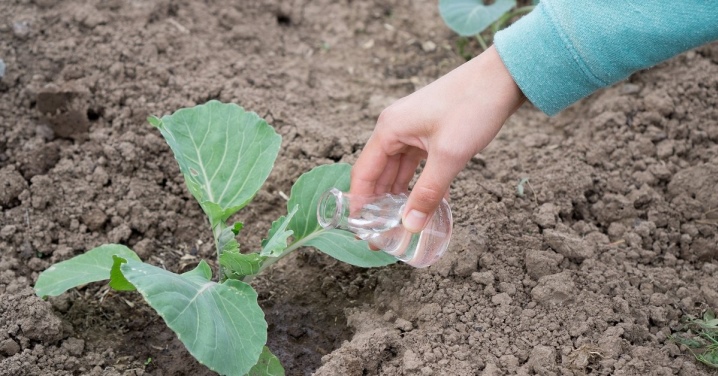
To get a large and vitamin-rich head of cabbage, you need to supply enough nutrients to the cabbage. It is important to take care of feeding this culture in July - it is by the middle of summer that cabbage is gaining growth.
Overview of chemicals
It is easier to take those special products that the market offers for feeding cabbage. This is the best option, such fertilizers are sold by agricultural stores, specialized boutiques, even on the shelves of supermarkets, you can find feed for various crops, including cabbage.
The most common fertilizer for all types of this crop is calcium nitrate. Use the information on the package and feed white cabbage, Brussels sprouts, and cauliflower. The culture also accepts nitrophosphate well.
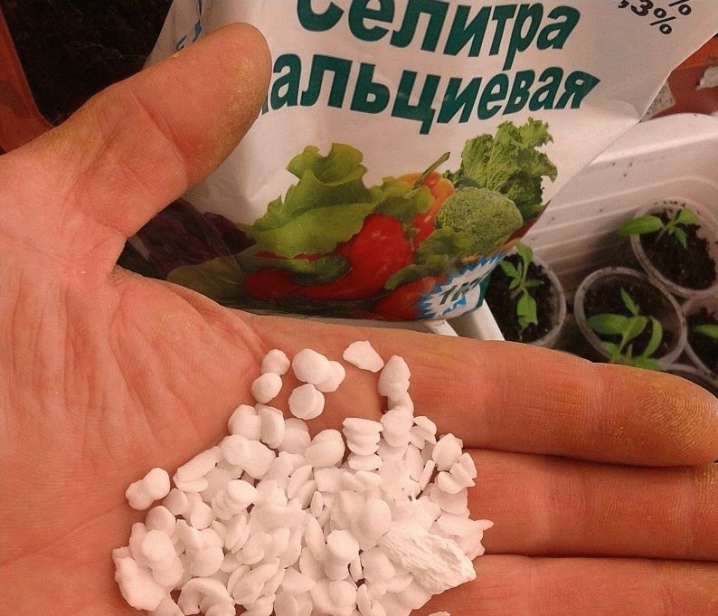
The finished product is easy to use, balanced and, if applied correctly, will give a result. If you do not see anything wrong with chemical mineral products, then feel free to use either individual fertilizers or in combination with others.
Here are some options for how to properly combine the finished fertilizers.
-
Dissolve 15 grams of "Solution" fertilizer in 1 liter of water (can be replaced with "Kemira"), add 2 tablespoons of superphosphate. Such a nutritional composition is applied at the rate of no more than 5 liters per 1 square meter.
-
Top dressing can be done in combination, for example, from mineral fertilizers and organic matter. So, superphosphate (30 g) is mixed with mullein concentrate, which is prepared in a ratio of 1: 5. The resulting mixture is diluted in 5 liters of water and watered with at least 3-4 cabbage bushes (based on a head of cabbage, 1.2 -1.5 liters ).
For those who are afraid to overfeed plants with such fertilizers or do not welcome chemistry in gardening, folk recipes come to the rescue.
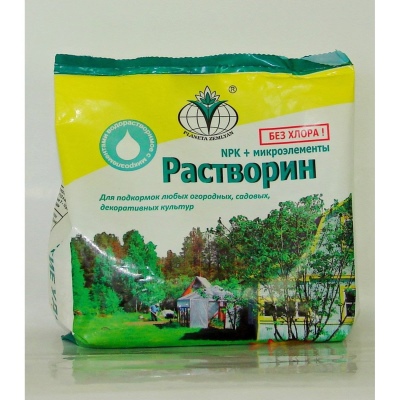
Folk remedies
First of all, use "live" fertilizer, which is suitable for almost all crops, and especially for cabbage. We are talking about yeast - useful fungi that displace pathogenic elements and pathogens from the surface of the head of cabbage and even from the soil.
The structure of the soil improves under the influence of microelements of yeast, and the plant itself intensively begins to set heads of cabbage, which are quite impressive in size. For early cabbage, it is important to get such a top dressing in early July. It's easy to prepare it:
-
take 10 liters of water heated to 40 degrees;
-
dilute 22 grams (2 bags) of dry yeast in this amount of warm liquid;
-
leave to ferment in a warm place for several hours;
-
watering in the evening, 1 liter per head of cabbage.
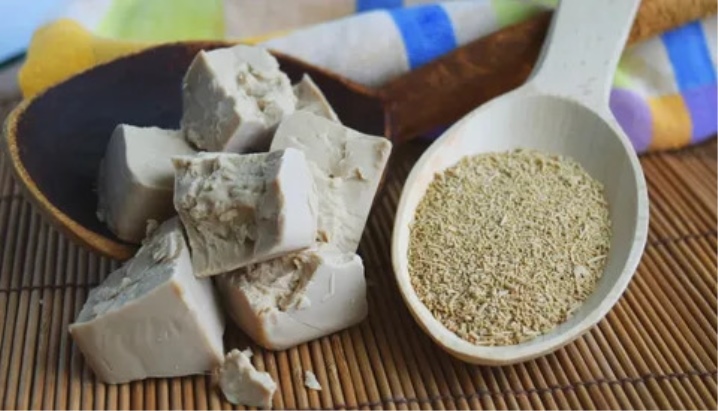
To speed up the fermentation process, you can add a little sugar (2 tablespoons are enough for this amount). The effect with the sweet booster is amazing!
Boric acid is considered another natural growth stimulant for cabbage. Cabbage fertilized in July with this product has a crunch and a delicious aroma, in a salad it is simply incomparable. Please note that boric acid powder does not dissolve in cold liquid, so before use, dissolve a sachet of the product in a glass of warm water, and then pour the concentrate to the main amount of liquid (10 l).
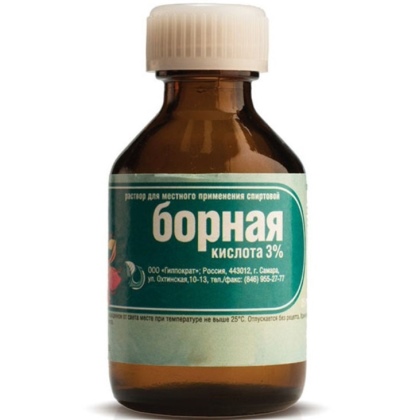
In this case, you will receive fertilizer for foliar feeding. They need to spray the heads of cabbage, and it is better to use a spray bottle for this. This valuable organic cabbage feed comes from nettles. This plant is sure to be found near your garden or summer cottage, do not ignore it.
Fill a bucket with these fresh herbs (be sure to tear it with gloves), fill it with water and leave to ferment for 4-5 days. When the fermentation process is over, you may not feel a very pleasant aroma, but you will get a strong concentrate for feeding cabbage. It is diluted with water in a ratio of 1: 9, watered in the usual way under the root.

If the crop is grown for long-term storage, be sure to feed the cabbage with baking soda. This is more true for late varieties, and they do such a top dressing at the end of July. To obtain a solution, 20 g of baking soda is diluted in 10 liters of water and the culture is watered. Heads of cabbage, having received such nutrition, do not crack and are well stored.
In July, cabbage is also fed with fly ash. Ash contains a lot of calcium, magnesium, potassium, phosphorus, sulfur, boron, iron and other necessary elements. This top dressing is combined with watering. In a bucket of water, dilute 1 liter can of ash, let it brew for a couple of hours, and you can water-fertilize the plant at the root.
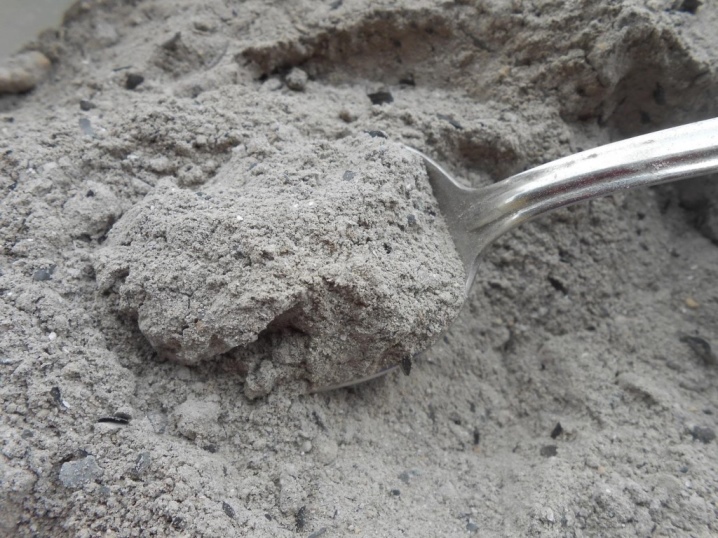
It is generally accepted that the use of natural remedies as fertilizers makes vegetables healthy and tasty. But each gardener chooses his own way of processing and feeding.
Application tips
Not only a good harvest depends on competent feeding. Fertilizers also protect the plant from diseases. With sufficient nutrition, cabbage will form a stable immunity, and will direct all its forces to gaining the mass of the head of cabbage.
It is important not to use chemicals during the period close to harvest, as the head of cabbage tends to accumulate harmful substances. That's why it is ideal to feed cabbage in July: at the beginning of the month - early, at the end of July - late.
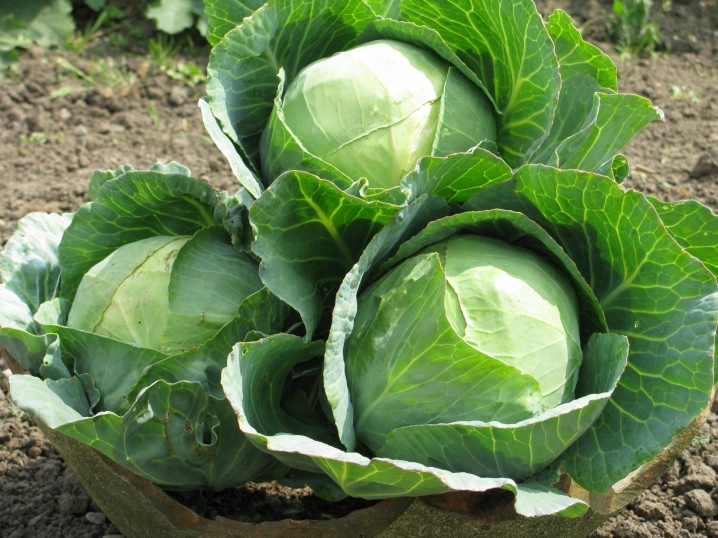
Be sure to read the information on the packaging of finished fertilizers and follow the instructions for use. Choose separate preparations for each type of cabbage.
Please note that, for example, not everything can suit Brussels sprouts from what is taken for white cabbage. But with folk remedies it is simpler: there is practically no harm from them.
How to feed cabbage, you will learn from the video below.













The comment was sent successfully.